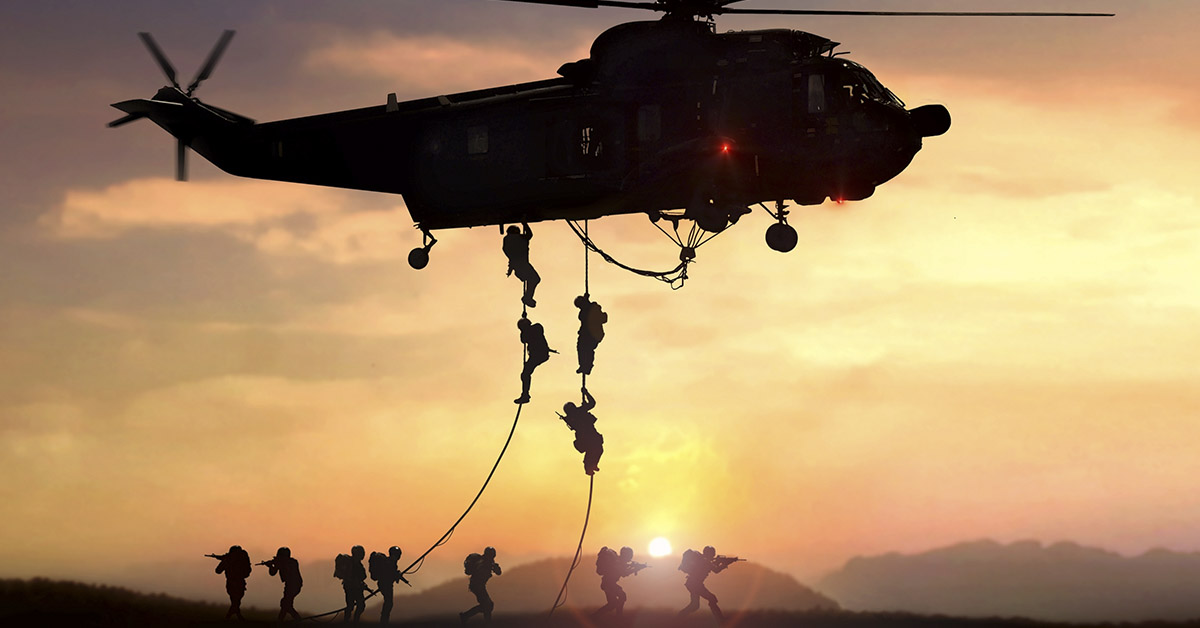The UK government recently advised families to create an emergency kit in response to rising national security threats. Concerns include cyberattacks, energy shortages, and even armed conflict. However, this push for preparedness isn’t limited to Britain. Across the European Union and the United States, similar alerts have been issued due to climate-related disasters, infrastructure failures, and unpredictable global events. These warnings highlight a growing reality: crisis can strike anywhere, at any time. That’s why building an emergency kit makes sense. It’s not about panic, it’s about readiness. A well-prepared household is one that can remain calm, informed, and safe when things go wrong. In this slideshow, you’ll find practical tips to help you pack a reliable, no-fuss kit that could be the difference between chaos and control. No matter where you live, being prepared helps protect your family’s safety and peace of mind.
Water Is Your Top Priority
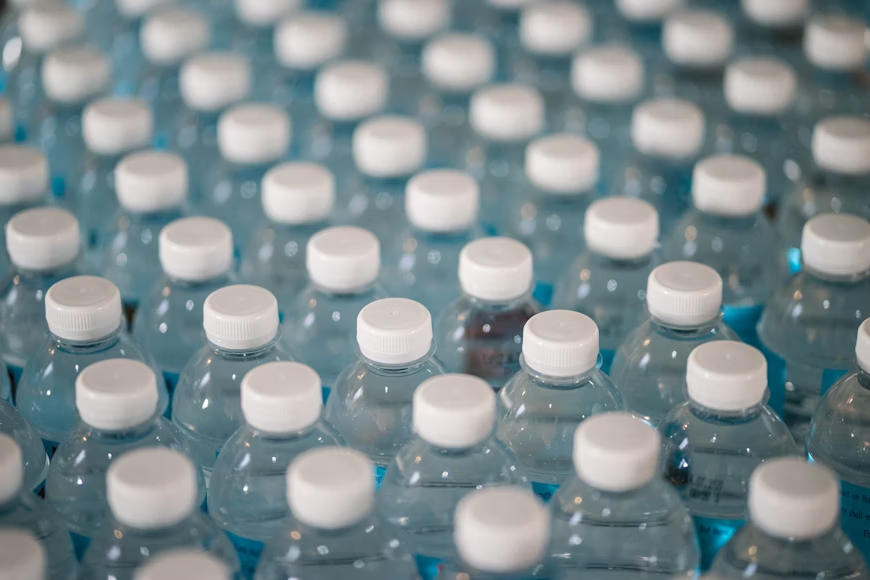
Water should be the first item on your checklist. In any crisis, clean water is often the first resource to disappear. That’s why it’s critical to store at least three litres per person per day, enough for at least 72 hours. Include extra water for pets, too. Pack sealed bottled water, water purification tablets, or a portable filter like a LifeStraw. A collapsible water container makes storage easier and saves valuable space in your bag. If you’re relying on a survival kit, access to safe drinking water becomes a life-or-death issue. Don’t assume local taps or shops will be available when disaster hits. Even short-term water shortages can lead to dehydration or illness. Planning ahead ensures you stay hydrated, healthy, and prepared to face whatever comes your way.
Stock Up on Non-Perishable Food
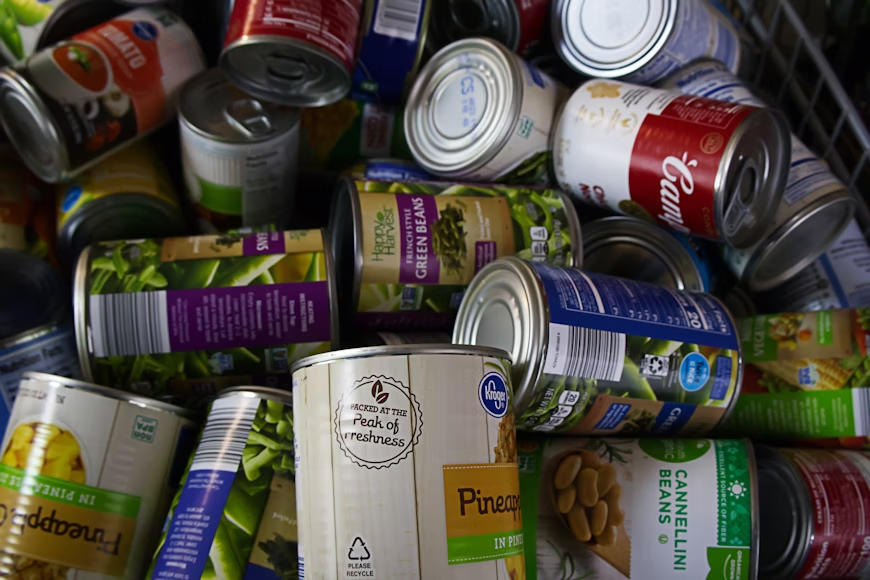
Food might not seem urgent at first, but it becomes critical quickly. Your disaster preparedness kit should contain enough food to last each person at least three full days. Focus on non-perishable, ready-to-eat items that don’t require refrigeration or cooking. Stock up on canned beans, vegetables, soups, and tuna. Add energy bars, nut butters, dried fruit, and shelf-stable meal packs. Bring a manual can opener, you’ll need it if there’s no power. If you have children, pack comfort snacks to ease stress. Rotate your food supply every few months to keep it fresh. During a crisis, having quick, nutritious meals gives you the energy to make smart decisions. It also brings a small sense of normalcy when everything else feels uncertain.
Light and Power Keep You Going
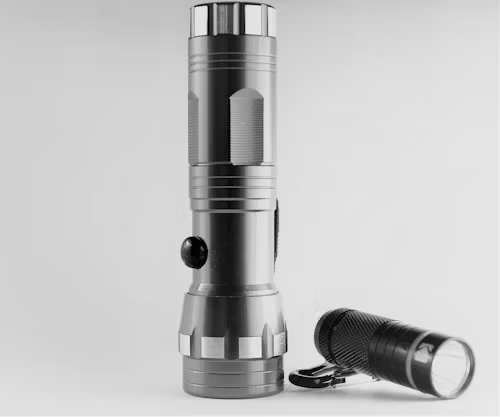
When the power goes out, even familiar spaces become hard to navigate. That’s why your emergency kit should include multiple sources of light and backup power. Pack an LED flashlight for each person, plus a headlamp for hands-free tasks. A solar-powered or hand-crank lantern can light up a room without relying on batteries. Don’t forget extra batteries and at least one fully charged power bank. For longer-term outages, include a solar charger. A hand-crank radio that picks up weather alerts and emergency broadcasts is also essential. Many models combine light, radio, and USB charging functions. When everything around you feels uncertain, staying informed and connected provides comfort, clarity, and direction. Light and power aren’t just about convenience, they’re about safety and survival.
First Aid Essentials Can Save Lives
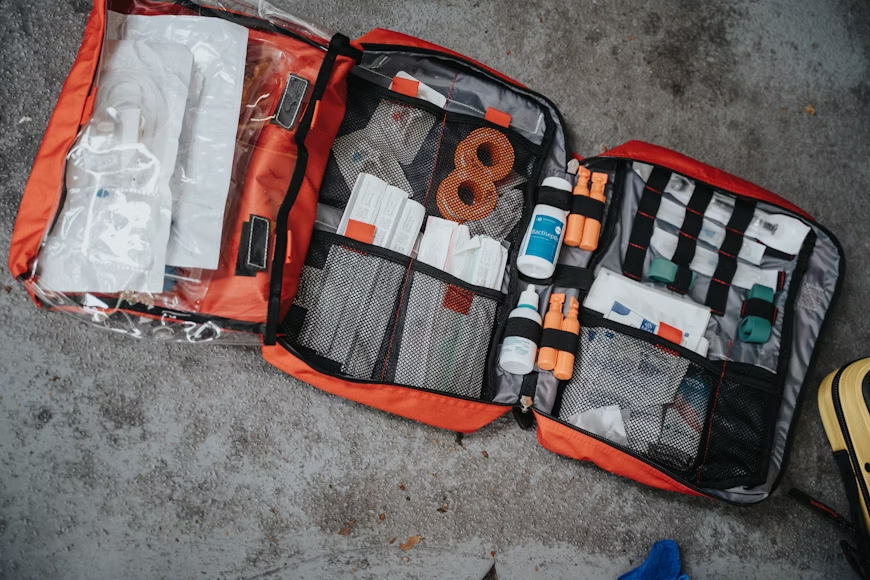
In any emergency, injuries can happen fast. And when hospitals are overwhelmed or far away, basic first aid could save a life. Your crisis supply pack should include a complete first aid kit with bandages, antiseptic wipes, gauze, tape, and disposable gloves. Add tweezers, scissors, pain relievers, and burn cream. If anyone in your household takes medication, include a few days’ supply, along with copies of prescriptions. Emergency blankets, especially foil ones, help prevent shock or hypothermia. You should also pack a simple guide to first aid or download an offline version on your phone. These supplies aren’t just for cuts and bruises, they give you the tools to act confidently when help isn’t immediately available. Being able to care for yourself and others makes your kit, and your response, more effective.
Read More: 14 Essential Canned Foods to Buy Now Before Prices Rise
Stay Clean and Sanitary
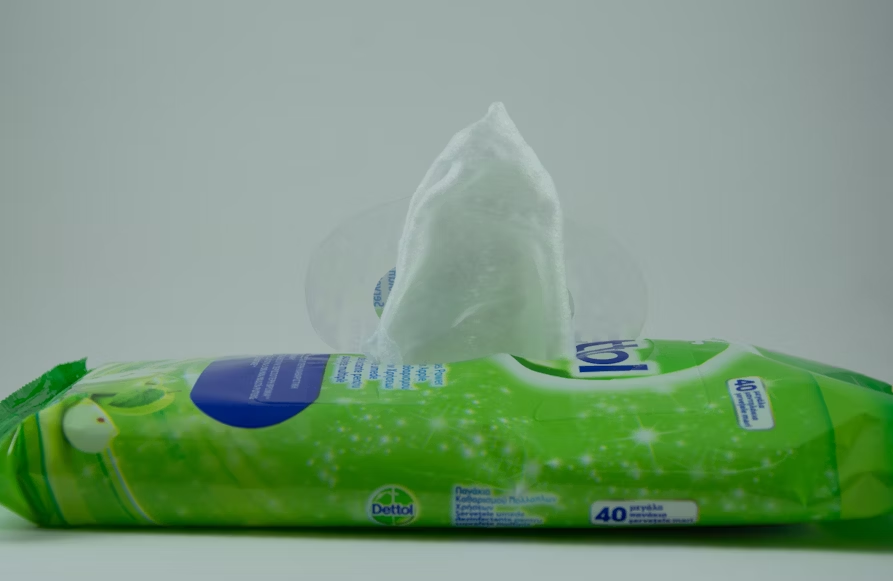
In emergencies, sanitation often becomes a challenge. Without running water, keeping clean gets tricky, but it’s still vital. Your survival kit should include toilet paper, hand sanitizer, soap, toothbrushes, and toothpaste. Add wet wipes and feminine hygiene products to cover all needs. Bring trash bags to manage waste and prevent contamination. If water access is limited, pack a collapsible bucket or even disposable toilet bags. For babies, don’t forget nappies, wipes, and rash cream. Cleanliness supports health and helps reduce the risk of infection, especially in cramped or shared spaces. Illness is the last thing you want during a crisis. Staying clean helps you feel more in control.
Pack the Right Tools and Gear
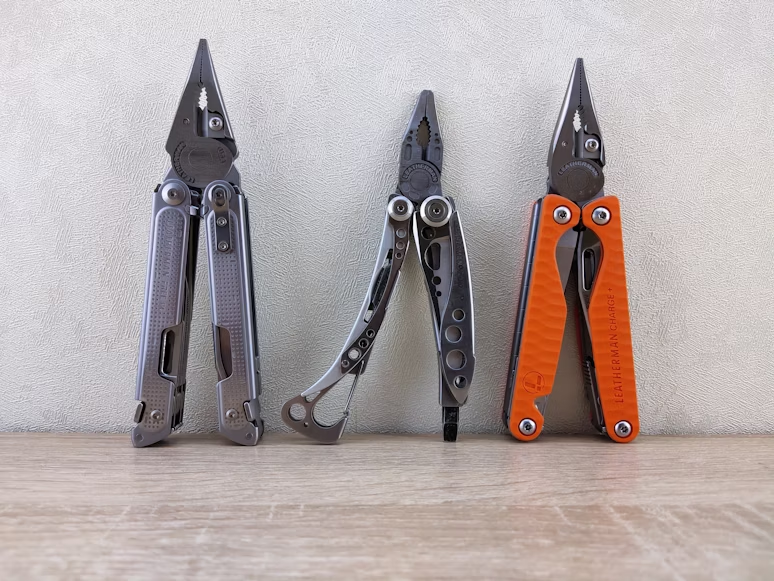
Every emergency situation presents unique challenges, so having the right tools can make a big difference. Your emergency kit should include a reliable multi-tool with a knife, screwdriver, and can opener. Add duct tape, zip ties, and gloves for quick repairs or protection. A tarp and paracord can help you build shelter or create barriers. Include a whistle to signal for help, especially in crowded or noisy areas. Paper maps are helpful if GPS is down, and a waterproof notebook and pen let you keep track of important details. These tools offer flexibility when conditions change fast. With the right gear, you’re not just reacting, you’re adapting and responding.
Stay Warm, Whatever the Season
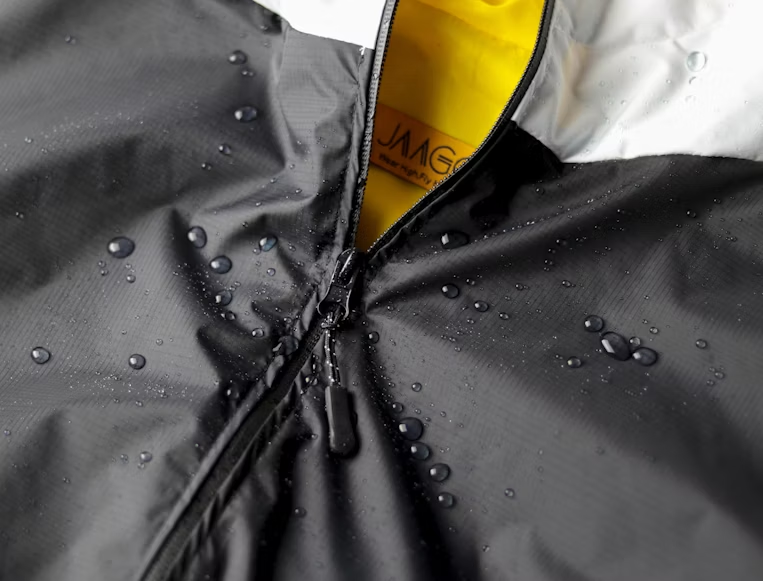
Weather is unpredictable, and exposure to the elements can be deadly. Your home emergency supplies should include thermal blankets, foil sleeping bags, or a bivvy sack. These items retain body heat and protect you from wind and rain. Pack layers of clothing such as socks, gloves, waterproof jackets, and hats, appropriate for your region. Even in warmer climates, temperatures can drop suddenly at night. Add a poncho or small tent for shelter. Wet and cold conditions can cause hypothermia quickly, especially in children or older adults. Staying warm keeps your energy up and reduces stress. In an emergency, warmth is more than comfort, it’s protection.
Read More: 20 Items You Should Stock Up On Incase of a Food Shortage
Plan Your Communication Strategy
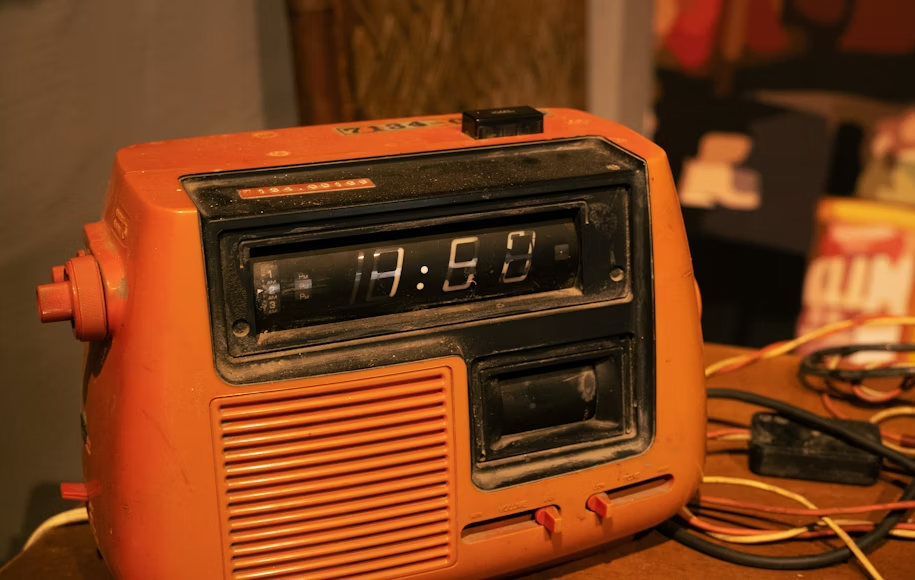
Staying connected during a disaster helps you stay safe and make better decisions. A reliable radio, hand-crank or battery-powered, can deliver government alerts, weather updates, and evacuation notices. Include backup batteries for this. Your survival kit should also contain printed emergency contacts and a written plan for where to meet if you’re separated. Keep copies of important documents like IDs, insurance, and medical info in a waterproof pouch. Write down key addresses and phone numbers. When digital devices fail, these basics help you stay organized and aware. Good communication planning helps reduce fear and confusion in high-stress moments.
Keep Small Bills and Coins Handy

When systems go down, card machines and ATMs often do too. That’s why it’s smart to include small bills and coins in your emergency kit. In a crisis, digital payments may be unavailable, and exact change becomes valuable, especially if fuel, water, or food supplies are limited and sold in cash-only transactions. Store a mix of denominations in a sealed envelope or waterproof pouch. Avoid large notes; vendors might not have change. Don’t forget coins for vending machines, tolls, or laundromats. While cash can’t solve every problem, it gives you flexibility when digital options fail. A modest stash of physical currency helps you stay independent, mobile, and prepared for short-term disruptions in the economy.
Include Essentials for Unique Needs
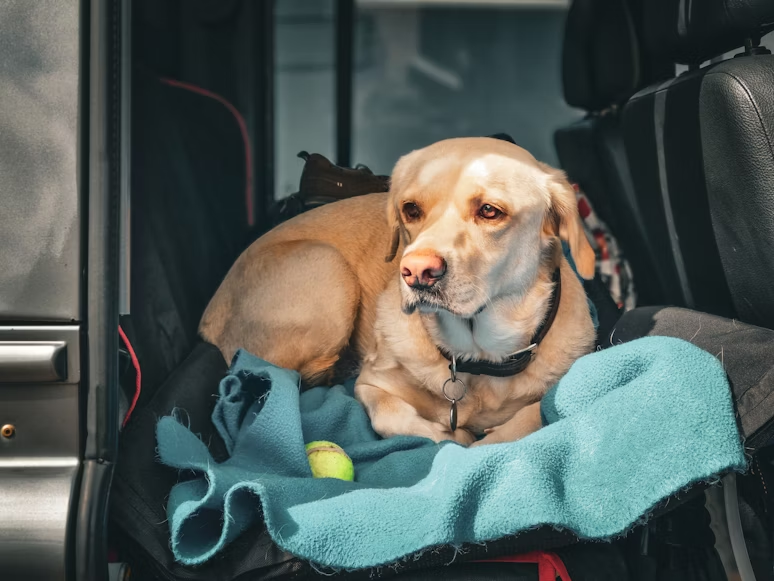
Not every household looks the same, and neither should every emergency kit. Tailor yours to meet your family’s specific needs. For babies, pack formula, nappies, bottles, and comfort items. For pets, bring food, leashes, bowls, and waste bags. Elderly family members may require hearing aid batteries, mobility aids, or extra medication. Include spare glasses and any vital prescriptions for those who rely on them. If someone has dietary restrictions or medical equipment, add those supplies too. A kit that works for you is more useful than a generic one. Personalizing your pack ensures that no one is left struggling when resources are scarce.
The Bottom Line: Be Ready, Stay Steady
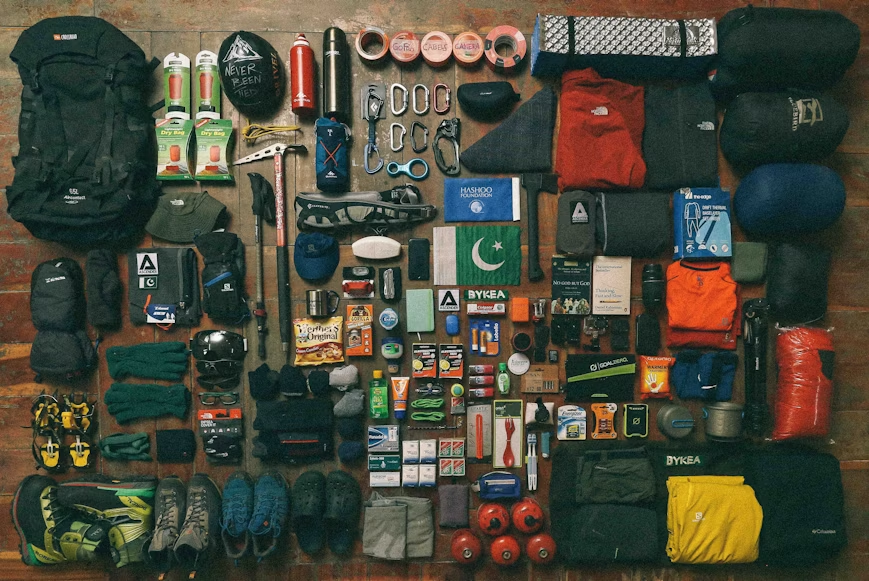
Building a disaster preparedness kit is one of the smartest steps you can take. Emergencies often arrive without warning, leaving little time to react. Whether it’s a severe storm, power outage, or something bigger, being prepared gives you confidence and control. A well-packed kit supports your physical safety and mental clarity. Review your supplies every few months and adjust for seasonal needs or life changes. Encourage family and friends to build their own kits too. You don’t need to predict every crisis, you just need to be ready for one. Start today, and take comfort knowing you’ve done something proactive for your future.
Read More: Map Highlights Fallout Shelter Sites in Case of Nuclear Attack on Cities
